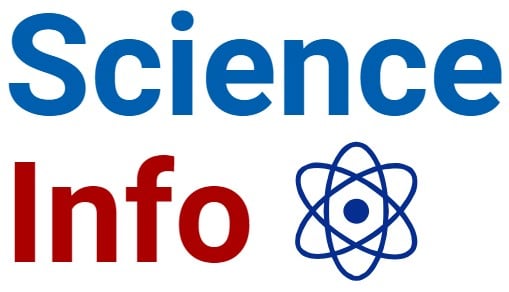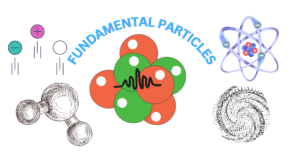Nuclear Reactors: Principle, Types, Uses, Examples, Risks
What Is a Nuclear Reactor? A nuclear reactor was built with the aim of running, directing, and carrying out a nuclear chain reaction, which causes massive amounts of energy getting produced. … Read more








